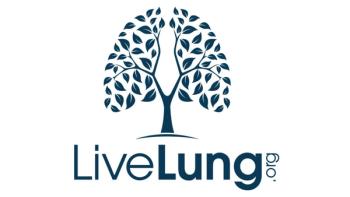
How common is a second breast cancer after DCIS among Hawai’ian women?
Cases of ductal carcinoma in situ (DCIS), an early-stage breast cancer, have increased as breast screening has improved. Most women with DCIS can be cured and have no subsequent breast cancer. However, 40 percent of women with DCIS develop a second breast cancer—28 percent of those second breast cancers are invasive.
Concerns about overtreatment of DCIS for patients with low risk are weighed against concerns about undertreatment of patients with higher risk. To better understand the risk of a second breast cancer among women with DCIS, the researchers of this study evaluated cancer rates among different racial or ethnic groups within Hawai'i. Hawai'i is the most ethnically diverse U.S state with the greatest percentage of Native Hawai'ian and Pacific Islander (NHPI) women.
Some studies have shown that Asian American and Pacific Islander women have similar rates of second breast cancers compared to white women. However, experts now recognize that grouping Native Hawai'ian and Pacific Islander women with Asian American women may mask underlying differences.
When studied as a separate group, NHPI people have one of the highest mortality rates from cancer, highest chronic disease rate and shortest life spans of groups in the U.S. NHPI women are four times more likely to develop breast cancer than Asian American women.
In this study, women diagnosed with ductal carcinoma in situ (DCIS), an early form of breast cancer, are more likely to have a second breast cancer diagnosis if they are of Native Hawai'ian, Filipino or Japanese ancestry than women of other racial or ethnic groups.



